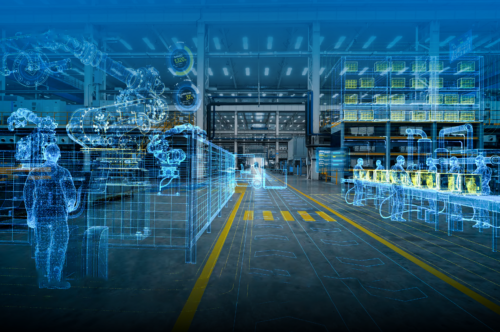Unleash the power of smart manufacturing while ensuring automation and robotic safety
Digital manufacturing incorporates smart machines and robotics into smart factory environments that enable integrated systems, to support connectivity and traceability, while driving production based on a cyber-physical infrastructure.
Learning Objectives:
- Understand what technologies should be integrated into manufacturing automation and robotic processes
- Review current, available Industry 4.0 technology trends
- Learn the needed competences to complete a robotics and automation risk assessment
- Quickly establish Industry 4.0 relevance to advanced manufacturing
Digital manufacturing incorporates smart machines and robotics into smart factory environments that enable integrated systems, to support connectivity and traceability, while driving production based on a cyber-physical infrastructure. To thrive within the Industry 4.0 era, manufacturers, workforce agencies and educators must identify the key challenges they face by pursuing both the integration of emergent technologies and the personnel upskilling that will streamline future business best practices.
To do so, they need answers to at least two key questions:
- What emergent technologies will empower advanced automation and pervasive robotics use? What tangible changes to system-integration best practices encourage adaptable, user-friendly environments that allow advanced systems and human beings to interact on factory floors?
- What technology best practices should be applied in education and industrial environments to support manufacturers hiring skilled labor talent attuned to emergent technologies and comfortable working in data-rich, digital infrastructures?
In any given industrial environment, performing risk assessments should be an integral part of forming definitive answers to these questions.
Do you have experience and expertise with the topics mentioned in this content? You should consider contributing to our CFE Media editorial team and getting the recognition you and your company deserve. Click here to start this process.



